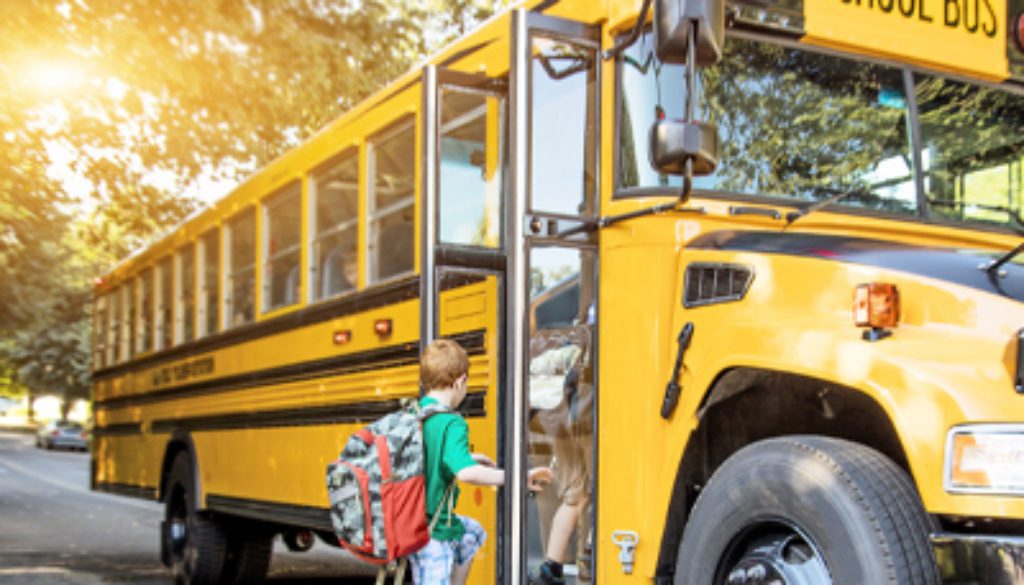September is Attendance Awareness Month for K-12 Schools
Initially celebrated in 2013, Attendance Awareness Month has the objective of raising awareness of the connection between school attendance and academic achievement. This year, the event has added importance due to the perception that chronic absenteeism resulted in students experiencing significant learning loss during the COVID-19 pandemic.
While it has been widely reported that K-12 student absenteeism doubled during the COVID-19 pandemic, nobody really knows for sure. This is because there is no standard metric for what constitutes attendance in a remote learning environment – unlike in-person learning, where students have to physically attend classes the whole day to be counted as present.
Furthermore, different states have taken different approaches to what constitutes remote attendance. For example, students in Washington D.C. have to complete one activity a day on the Canvas LMS – even just clicking a link – to be considered present, whereas in Connecticut, students must be logged into synchronous virtual classes for at least half a day.
Difficulties in measuring absenteeism in synchronous remote learning models can also occur when students experience technical issues that prevent them from logging in until after a teacher has taken attendance. In these cases, a student could remotely attend the whole day´s virtual classes but be marked as absent – even when they complete or submit assignments on the same day.
Questions Also Exist about the Degree of Learning Loss
It was also widely reported the COVID-19 pandemic was responsible for a significant learning loss among students based on a survey of K-12 teachers. However, although an analysis of placement tests found some learning loss compared to previous years, the results were not as dire as had been claimed. Furthermore, in some areas, student skills were better than historic averages.
The analysis also found that students who took the placement tests in a remote learning environment performed better than those who had taken the tests in a school environment. While the testing organization acknowledged the better results could be attributable to parental input, it could not establish whether the parental input consisted of better teaching or help with the tests.
What the tests fail to determine is a connection between school attendance – remotely or in-person – and academic achievement. The tests also only assessed students from an educational perspective and fail to address concerns that students have suffered mentally due to a lack of social-emotional engagement – a topic that has been the subject of speculation, but not yet backed up with research.
Attendance Awareness Month Organizers Go All-In on In-Person
Despite ongoing uncertainty about whether K-12 schools will be able to fully reopen in the fall – and surveys showing a third of parents are opposed to reopening K-12 schools at full capacity – the organizers of Attendance Awareness Month have gone all-in on in-person attendance and ignored the possibility that some/many students may have to take classes remotely.
On the 2021 Attendance Awareness Campaign website, the organizers advocate “mobilizing schools and communities to promote the value of good attendance and to take steps towards reducing chronic absence” without defining what constitutes “good attendance” in a remote learning environment. Among the advice provided:
- Parents should make getting students to school on time every day a top priority.
- Teachers should greet families and students at drop-off points each day.
- Healthcare providers should schedule student check-ups for when school is not in session.
- Business leaders are asked to provide incentives for good or improved attendance.
- Schools should consider making school-day attendance a requirement for participation in afterschool programs.
Admittedly, the organizers confess to not having updated their materials since the start of the COVID-19 pandemic, and some of the recommendations could be equally applied to remote learning as in-person learning. Nonetheless, at a time when public agencies are preparing all-event contingency plans, it seems bizarre that an organization with a mission to improve student attendance has not figured out how to measure attendance in remote learning environments or developed ways to improve it.
How One School in Brooklyn Addresses the Remote Attendance Issue
At the El Puente M.S. 50 Community School in Brooklyn, when students log into Zoom each morning they are greeted by a “coach” who takes attendance and stays with them all day as teachers come and go – prepping students for each class before it begins and then introducing incoming teachers with fanfares in the same way as arriving baseball players are greeted at the Yankees stadium.
If any student is late for attendance, or drops off halfway through the day, the coaches text parents to see what the problem is and get the child back online whenever possible. By doing more to engage students and by monitoring attendance throughout the day, the school has overcome the remote attendance issue and frequently achieves 100% attendance rates.
The school also organizes weekly raffles – in which students can win extra credits, no homework passes, and Amazon gift cards – to encourage students to turn their cameras on when attending virtual classes. It also takes advantage of texting to alert parents to events such as online career days, COVID-19 cases, and school building closures via the New York City Schools messaging system.
Texting is Effective for Increasing Attendance Awareness
As the example above demonstrates, texting is effective for increasing attendance awareness in addition to many other practical uses. Text systems such as SwiftK12 can easily be implemented in schools and school districts to quickly notify parents of events that affect their children and to changes in school policies brought about by changes to public health risks.
To find out more about text systems for schools, do not hesitate to get in touch and request a free demo of the SwiftK12 texting system. Our team of communication experts will be happy to explain how SwiftK12 can be integrated with existing platforms to support student engagement and enhance communications with parents, staff, and other school stakeholders.




